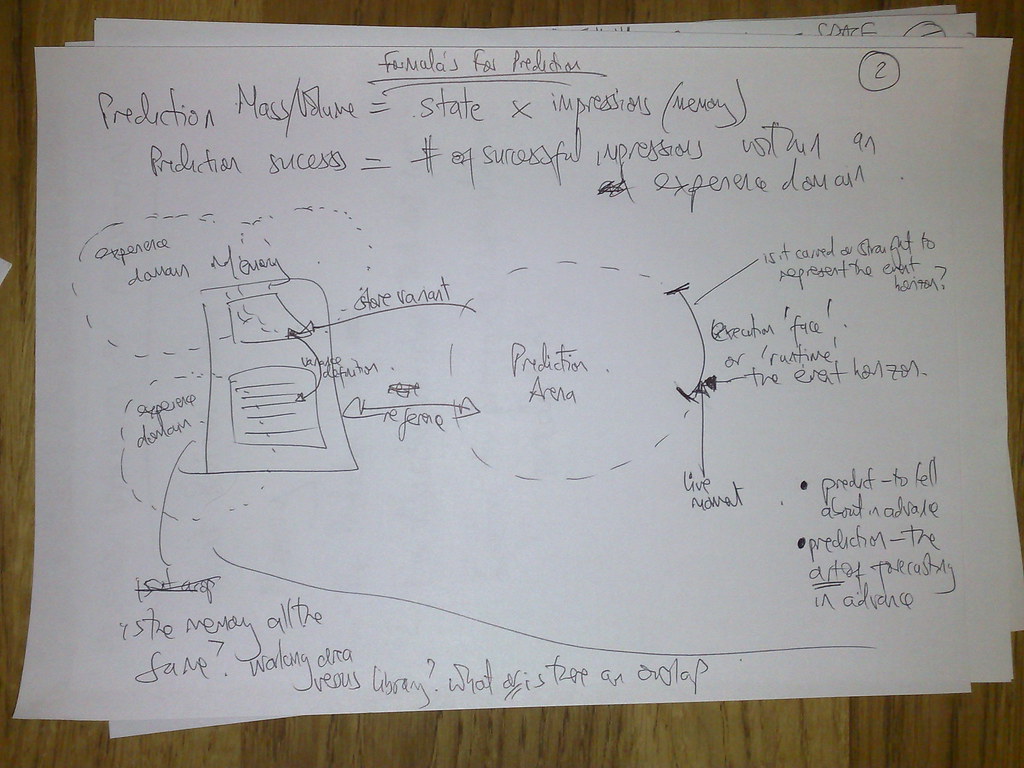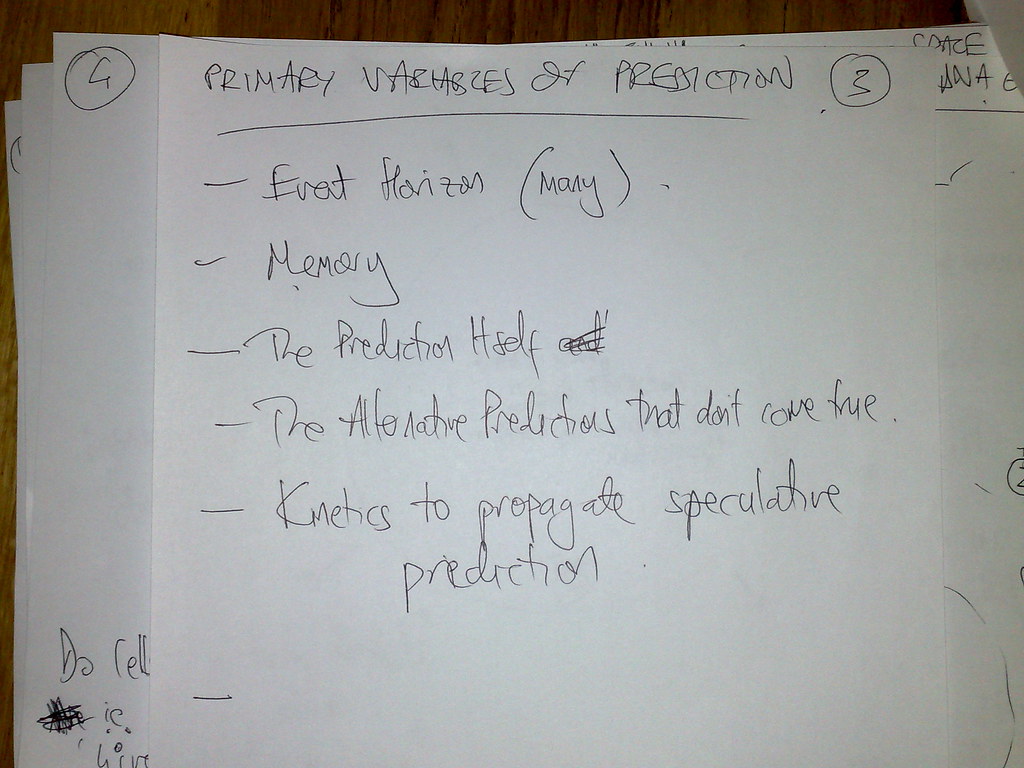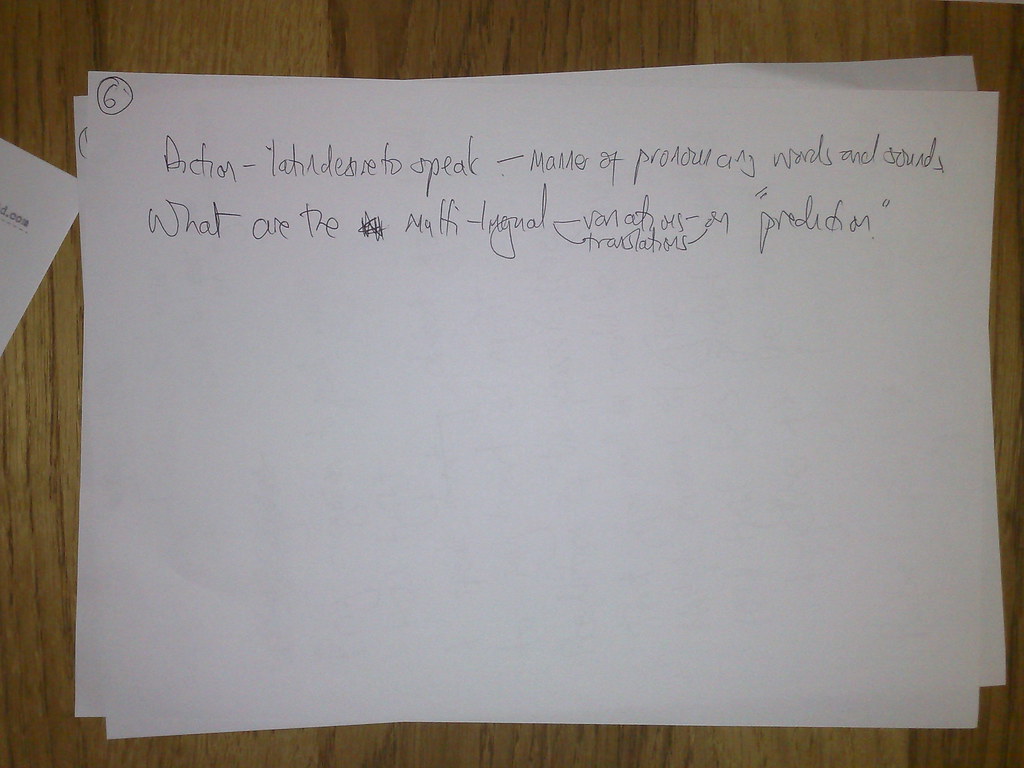File under: organisms, communication, machine and technology. Decode at your leisure.
Thursday, July 14, 2011
Circles and Ladders with Google+ Contact Classification Paradigm
Tuesday, May 24, 2011
Rebuilding Iberian Motorways with Slime Mould
---------------------------
Tuesday, November 23, 2010
BT FON: Now this is Social Computing

The premise of BT FON by British Telecom:
It's potentially the worlds largest Wi-Fi community in the world and
my iPad, without a telcom data card, is begging me to join and download the iPhone app to activate it.
Those Wi-Fi hotspots were mostly aimed at businessmen but this seems much more democratising....and free. Let's be frank, using mobile data is definitely the easiest approach at the moment to feed your smartphone but it does seems we are at the stage now that those large towers used by telecoms companies to throw your data signals through the air will be replaced by a million peoples home wireless hub. It's social decentralised computing and the model is good.
I notice my existing mobile data provider, O2, has capped my mobile data usage and 10 days before the end of the month I find myself with it all used up and my speed throttled. If BT FON could take some of the load off then this would help somewhat.
I wonder what the telecomms companies will make of it?
I think this is an excellent play by British Telecom. If something like this could gain momentum then it would be quite a disrupter but without the numbers the experience will be poor as I transition between Bob Smiths hub and wait another minute until I can use a little bit of Mary's down the road. If switching between free hub-pimping and mobile data is seamless then maybe the problems aren't so great.
I'd be reading the small print on the security and privacy implications but this is definitiely one to watch.
A
Thursday, April 10, 2008
The Prediction Model
 I've become increasingly interested in the overlap of biology and computing over the past few years. It began with the realisation that the web and stock market are really biologic in nature with their fault tolerance, nodal shape, replication of information and distributed locus of control and was further prompted by work I undertook on AI systems for Advertising and Social Computing solutions.
I've become increasingly interested in the overlap of biology and computing over the past few years. It began with the realisation that the web and stock market are really biologic in nature with their fault tolerance, nodal shape, replication of information and distributed locus of control and was further prompted by work I undertook on AI systems for Advertising and Social Computing solutions. I’m enjoying this overlap developing into a moderate obsession and I am trying to steer my thinking on all things computing into a more ‘biologic fashion’. I’ve always been a strong believer that people involved in one discipline can offer fresh insights on other sciences and that a good set of ‘first principals’ can work well cross domain. This cross pollination was the grease that helped the machine of the Industrial Revolution into being and obliquely it’s also the reason I give for sporting sideburns like some
 This post is inspired by Jeff Hawkins who is doing work into models of the brain and attempting to derive an overarching theory of the brain which is something that, despite the reams of data we have on the brain, we are as yet unable to articulate. His talk was on the use of a Prediction Model as the primary approach to developing a theory of the brain and he got my mind racing.
This post is inspired by Jeff Hawkins who is doing work into models of the brain and attempting to derive an overarching theory of the brain which is something that, despite the reams of data we have on the brain, we are as yet unable to articulate. His talk was on the use of a Prediction Model as the primary approach to developing a theory of the brain and he got my mind racing.
After graduating from Cornell in June 1979 he read a special issue of Scientific American on the brain. In it Francis Crick lamented the lack of a grand theory explaining how the brain functions.[3] Initially, he attempted to start a new department on the subject at his employer Intel, but was refused. He also unsuccessfully attempted to join the MIT AI Lab. He eventually decided he would try to find success in the computer industry and then try to use it to support his serious work on brains, as described in his book On Intelligence
Jeff thinks that the reason we still haven’t managed to define intelligence well is that we don’t have this overarching theory of the brain or more accurately – intelligence. Jeff postulates that the brain isn't like a powerful computer processor and that instead it’s more like a memory system that records everything we experience and helps us predict, intelligently, what will happen next.
Things like these stop me sleeping at night and last Sunday I leaned over to my girlfriend at
I slipped out of bed and knocked up the notes below. They are presented here un-edited and what you see is the first pass brain dump of some of my thoughts and concepts surrounding a Prediction Model (It's probably best to click on one and open up the set in Flickr and view from there).
If you are involved in this area at all I would love to hear from you as I intend to delve deeper. Physics has alot to add to this area with work in quantum theory and calculations surrounding boundaries of event horizons for black holes all being of relevance to the model of the brain and prediction.








